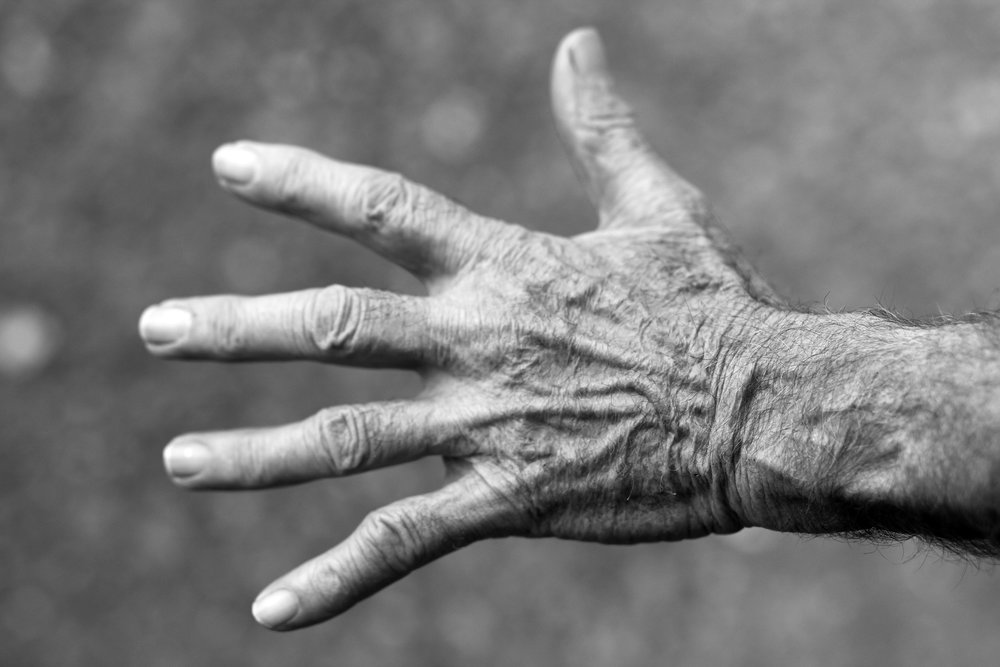Numbers are scarce regarding treatments for those areas, however some patients seek hand or neck rejuvenation, which are overlooked procedures.
There have been studies about using neck and hand rejuvenation, mostly showing promising results to the patients. Few studies have only shown complications about rejuvenation and resurfacing. Frequent modalities used in treating these areas are dermal fillers (used for off label use) and lasers or IPL.
In the official statistics provided by the ASPS, only hand surgery is listed as a surgical procedure and so far, hand and neck rejuvenation is not listed as a non-surgical procedure. It is probable that it is part of the filler statistics.
HAND REJUVENATION
Common injectables used for hand rejuvenation are Collagen, Hyaluronic Acid (HA), Calcium Hydroxlypatite (CaHA), and Poly-L-Lactic Acid (PLLA) (Kühne and Imhof, 2012). According to the authors, side effects of the fillers on the hands are swelling and bruising. In addition, they suggested that dermal fillers for better effectiveness is CaHA due to collagen stimulation. Furthermore, according to Butterwick and Sadick (2016), hand rejuvenation procedures are more effective when treated with multiple modalities such as IPL, RF, and CaHA and PLLA.
In Maruyama’s (2016) study, it focused on the hand rejuvenation for 128 Japanese patients. The researcher took into consideration some skin differences and side effects. The researcher used IPL by using two wavebands, one using 560nm and another 515nm.
Immediate downtime results for wrinkles showed that most of the patients were mostly unpleased, effects improved after two or more treatments. Meanwhile, many patients were satisfied by the results with the dorsal lentigines. One of the prominent side effects presented in the author’s study was erythema, followed by hyperpigmentation and itching.
Despite such, most patient satisfaction for hand rejuvenation is usually high and there is an expected patient return or retention for a treatment of hand rejuvenation (Rivkin, 2016).
After administering an injection related hand rejuvenation procedure, massaging is recommended as it helps in the longevity of the treatment on the hands.
NECK REJUVENATION








